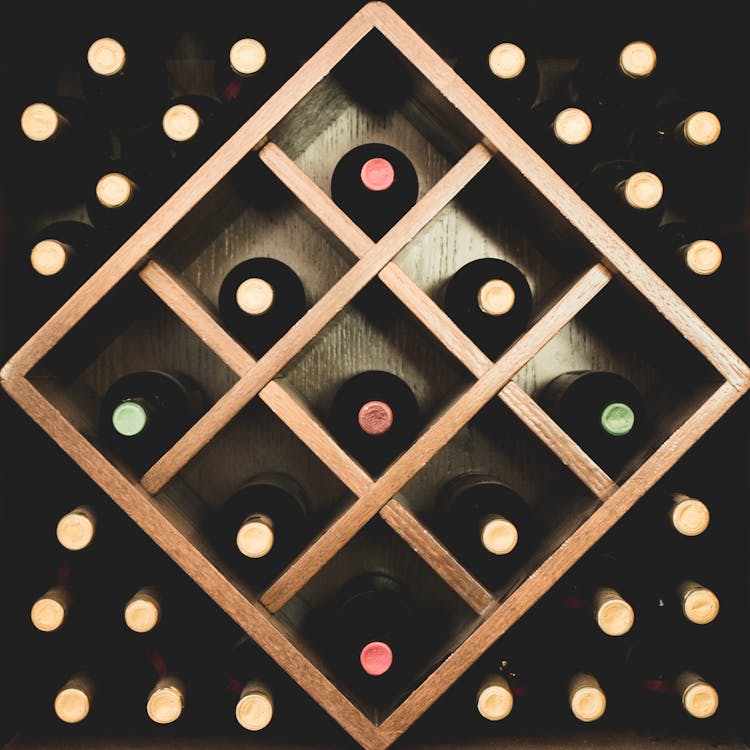Savoring Excellence: A Guide to Enjoying 90 Point Wines Like a Connoisseur

What Makes 90 Point Wines So Exceptional?
If you've ever wondered what separates a great wine from an exceptional one, you're not alone. The wine world is packed with rankings, but few numbers carry as much prestige as a 90-point score. A wine rated ninety points or higher has been judged by critics for its remarkable balance, depth, and overall excellence. But what does that mean for your glass? And how can you genuinely savor wines that have achieved this recognition?
This comprehensive guide walks you through everything you should know about ninety-point wines, from how they are rated to how you can optimally experience them at home.
Understanding Wine Ratings: The Influence of 90 Points
How Wine Evaluations Work
Wine critics and journals use the 100-point scale to assess wines based on elements like bouquet, flavor, structure, and depth. Here’s a straightforward breakdown:
- 95-100: Exceptional. These wines stand out for their complexity, balance, and aging potential.
- 90-94: Superb. These wines are of superior quality, delivering a memorable experience.
- 85-89: Very good. These wines are pleasing and crafted well, though not as complex as top-tier options.
- 80-84: Good. Moderate wines that are pleasant but not remarkable.
A 90-point wine means you’re getting something truly special—a bottle that meets professional standards and delivers a polished tasting experience.
Why Does a Ninety-Point Rating Matter?
A ninety+ score is more than just a digit—it’s a stamp of quality. It signifies that the wine has been reviewed by industry professionals and deemed superior to most. While personal preference still holds a major role, knowing that a wine has earned this rating can simplify the selection process, whether you’re a novice or a experienced enthusiast.
The Key Behind 90-Point Wines
What Contributes a Wine a Ninety+ Score?
Several essential elements contribute to a high wine rating:
- Balance: The harmony of acidity, tannins, fruit, and alcohol.
- Complexity: Multiple flavors and aromas that develop in the glass.
- Finish: A lasting aftertaste that lingers after each sip.
- Aging Potential: Wines that evolve gracefully over time often achieve higher scores.
When these original site characteristics come together seamlessly, a wine earns its ranking in the 90-point club.
Common Traits of Ninety-Point Wines
Though no two wines are identical, 90-point wines often share these distinguishing aspects:
- Rich and structured flavors – Expect bold fruit, spice, or earthy notes.
- Aromatic intricacy – From floral to smoky, the scent profile is multi-dimensional.
- Silky mouthfeel – Whether sharp or dense, the wine exudes refinement.
How to Choose the Right 90-Point Wine
Pairing a 90-Point Wine with the Ideal Occasion
The beauty of highly rated wines is that they elevate any event. Here’s how to opt for the best one for various occasions:
- Relaxed Gatherings – Choose a smooth, easy-drinking red or white.
- Festive Celebrations – Opt for a bold, structured wine with depth.
- Gourmet at Home – Aged wines or full-bodied reds enhance the culinary experience.
Your Next Wine Journey Begins
Enjoying ninety-point wines isn’t just about the rating—it’s about the entire journey. Whether you’re relishing a pour with dinner, toasting a special event, or discovering new flavors, these wines offer a delightful expedition.
Next time you’re selecting a bottle, let your taste direct you. Venture, explore, and enjoy—because every great bottle has a narrative waiting to be unveiled. Cheers to your next unforgettable sip!
Unload your perspective, and get loaded with our ongoing supply of top-notch material to do with rutherford wineries today.